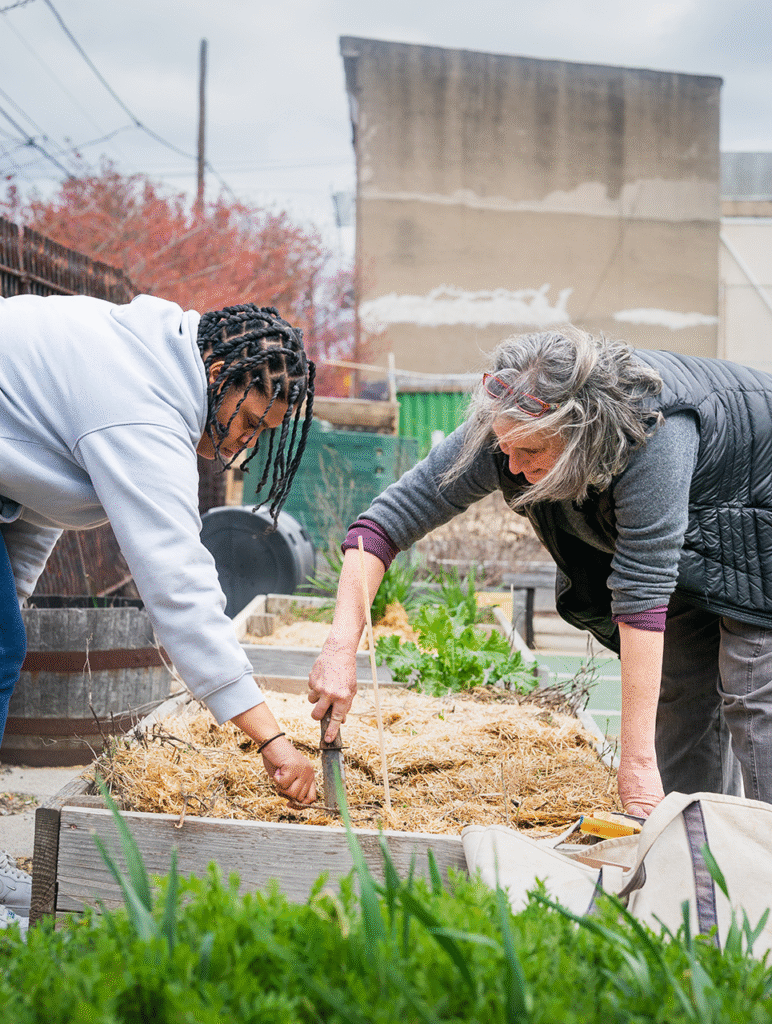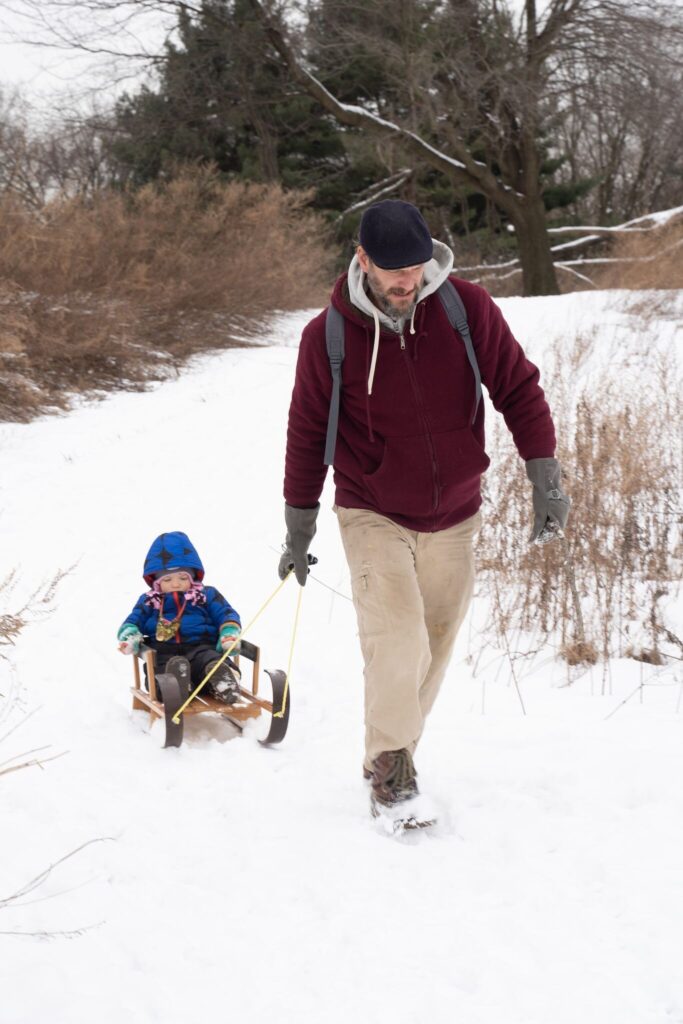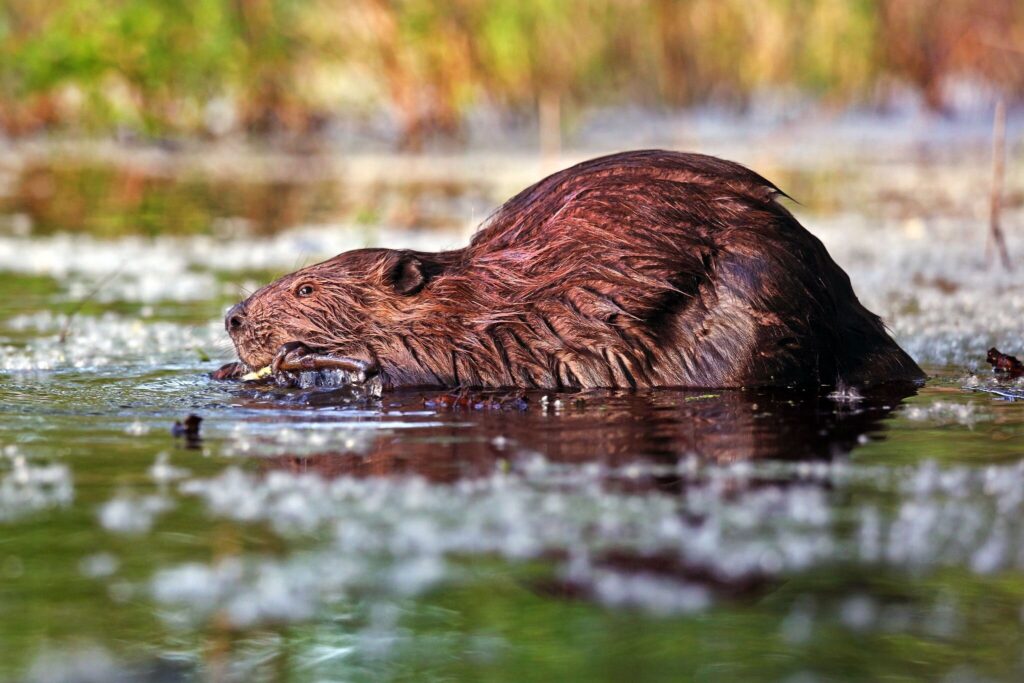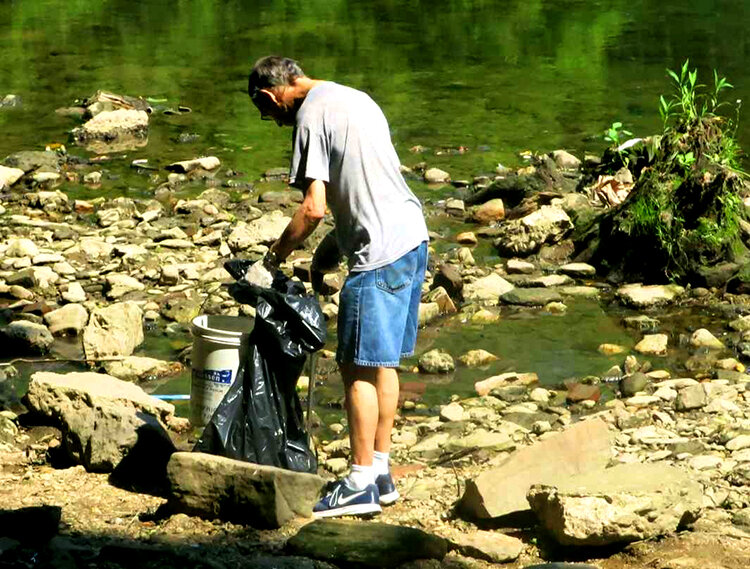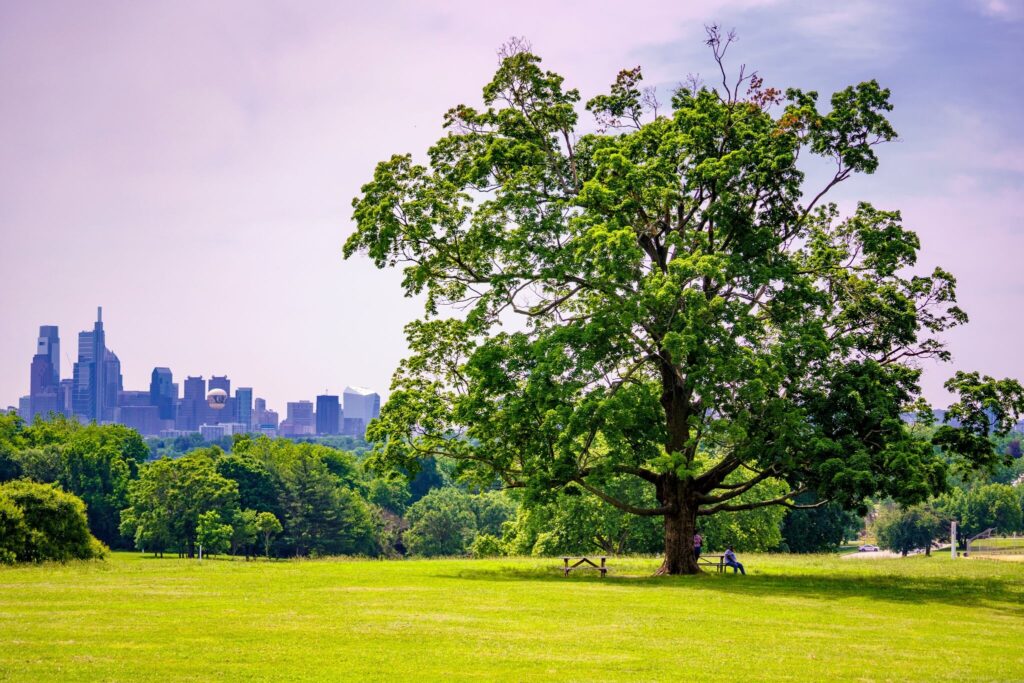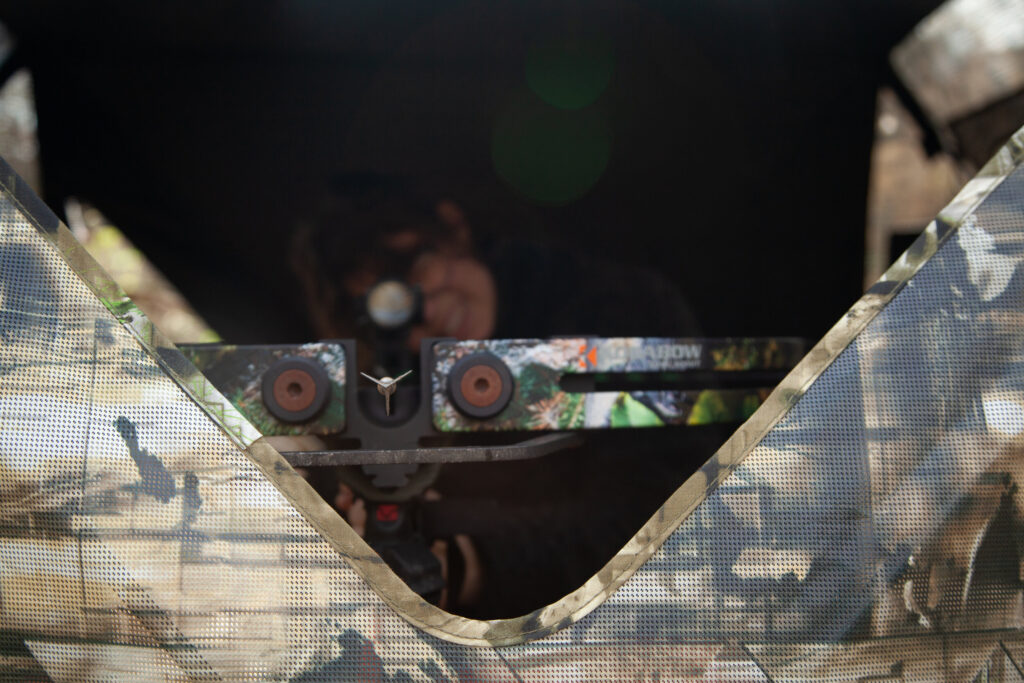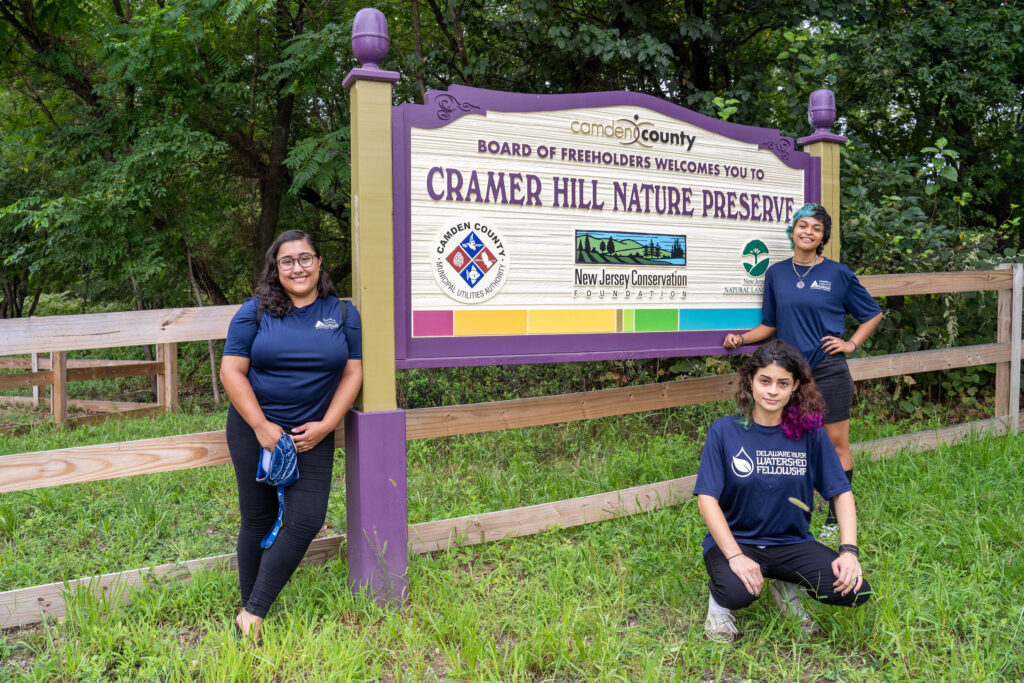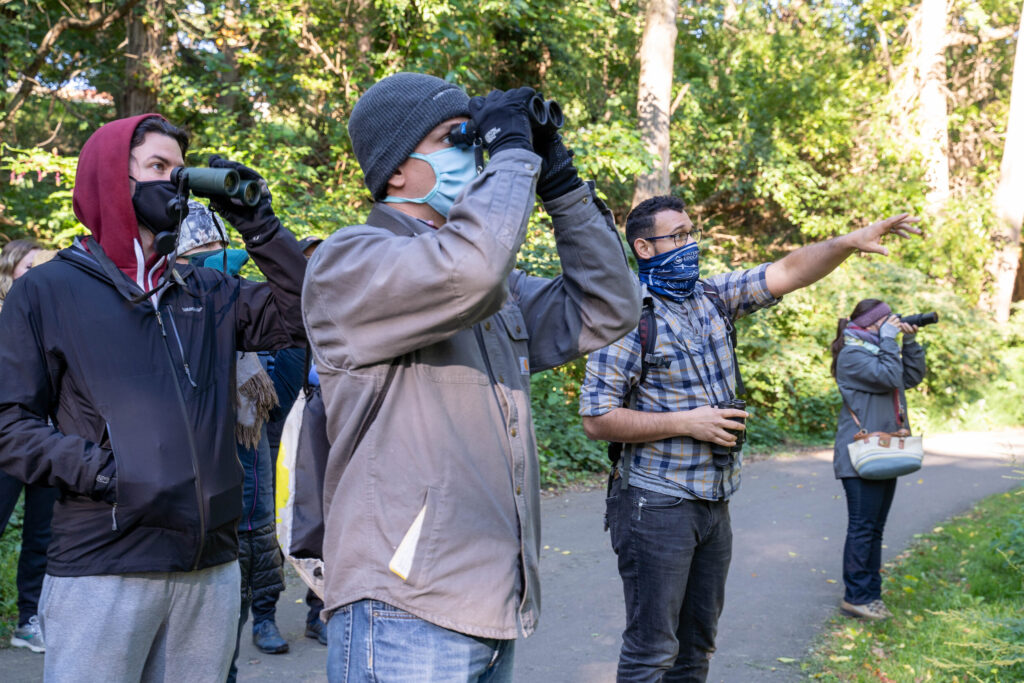In 2022, the Pennsylvania State Board of Education adopted new environmental literacy and sustainability standards. This is surely important — that all students in Pennsylvania learn about how to protect the environment and live sustainably — but how do we get them to take that education to heart? All the nature lovers out there know
MoreEven in the before-times, I was always looking for an excuse to get outside. My bike commute from Walnut Hill to Washington Square was often the most satisfying part of my day. I slipped out at lunch to birdwatch in Independence National Historical Park. And the weekends found me herping, or doing my best to
MoreOf course the toothy mascot on Chris Muller’s bright orange cap is a beaver. “Oregon State,” he explains. I should have known. We are meeting up on Martin Luther King Jr. Drive at the Fairmount Dam, where we could talk while admiring the view—not of the Philadelphia Museum of Art, the Fairmount Water Works or
MoreAfter nearly 40 years of organizing nature walks, park cleanups, tree plantings and trail maintenance, the volunteer group Friends of Pennypack Park disbanded in March 2020. Its dissolution came about after being named alongside the city as a defendant in a personal injury suit, in 2019, filed by the family of a girl injured inside
MoreTwo beavers sat in the shallows of the Delaware River eating breakfast as I met Jim Fries, project manager at Riverfront North Partnership, for a tour of the living shoreline at Lardner’s Point Park in Northeast Philadelphia. True to their reputation, the large rodents busily stripped the bark off branches they had clipped from willows
MoreAt the start of December, Philadelphia City Council passed a bill to restrict the use of pesticides on public land. Titled “Healthy Outdoor Public Spaces,” the legislation was originally introduced by Councilwoman Cindy Bass to include an all-out ban on synthetic herbicides. This was later walked back to be a restriction in response to criticism,
MoreMy dad used to say, “If you have a simple answer to a complicated question, you’re probably wrong.” In my youth, I strongly disagreed with that sentiment, and, for the most part, still do. Some things are crystal clear, black and white, right or wrong. Saying an issue such as systemic racism or our dependence
MoreThe sun is barely above the horizon when we creep between the trees and quietly enter the blind. I load the arrow into the crossbow, looking eagerly out of the mesh window. It’s the first day of my first hunt. I’ve never killed anything and I’m not sure that I can. “I like this spot,”
MoreWith birds singing in the background, three fellows at the Alliance for Watershed Education (AWE) walk through Camden’s Cramer Hill Nature Preserve. They point out a frog in a puddle, examine bones and feathers of a wild turkey, and point out invasive plants, among other conservation challenges. They wrap up with a request for visitors
MoreIn late October, the Public Health and Human Services Committee of Philadelphia’s City Council sent a bill that would regulate the use of pesticides on public land to the full council for a vote Thurs. Dec. 03. The bill, titled “Healthy Outdoor Public Spaces,” was introduced by Committee Chair Councilwoman Cindy Bass. The bill only targeted
MoreTen adults dressed in layers, hats and face masks gathered on a chilly September morning to go birding in Tacony Creek Park. They kept a couple yards apart from each other while peering through binoculars at local birds such as robins, kingfishers and cardinals along with some recently arrived winter visitors like a red-breasted nuthatch
More

